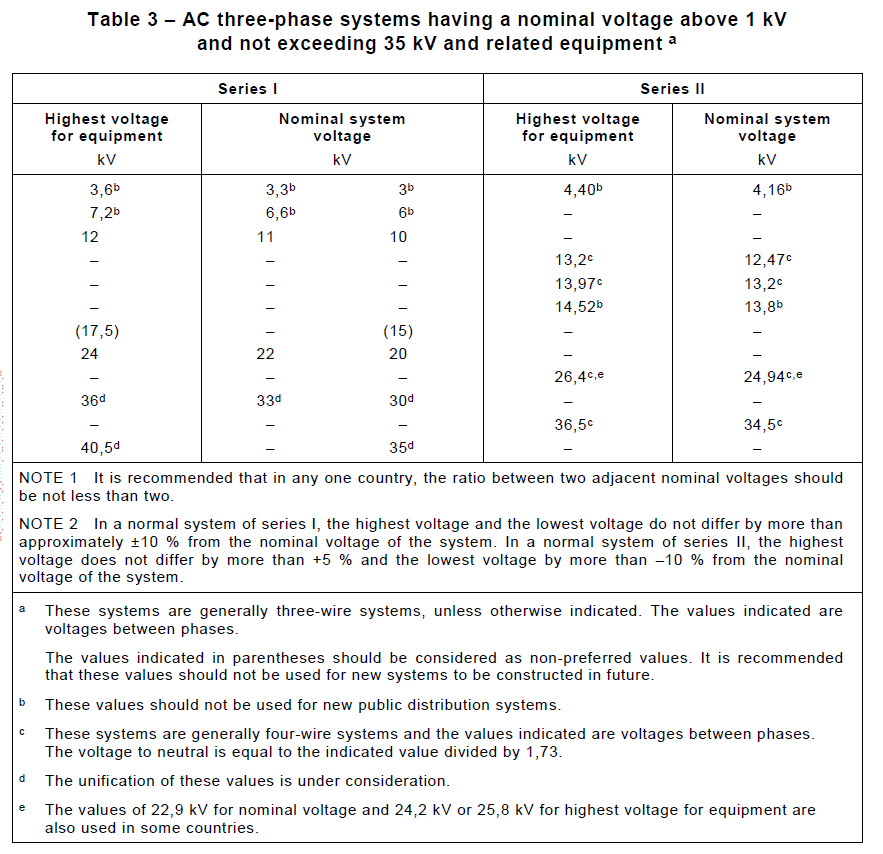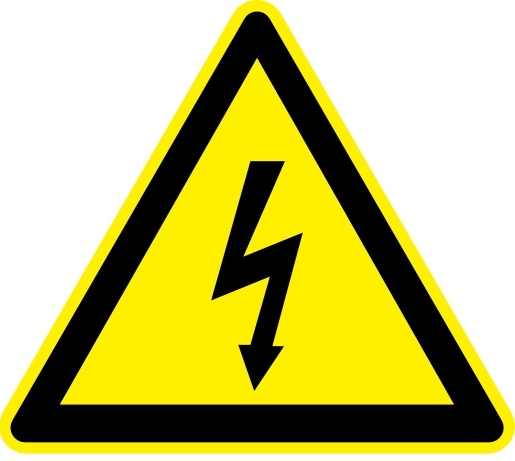IEC 60038-1983, amended in 1994 and 1997 (current revision IEC 60038:2009/AMD1:2021) is a directive to standardize voltages of a.c. transmission, distribution, and utilization systems and equipment for use in such systems with standard frequencies 50 Hz and 60 Hz having a nominal voltage above 100 V.
The aim of this standard is to consolidate 380V and 415V, 3phase into the 400V nominal voltage. An excerpt from IEC 60038 - 1983 is shown below:
The nominal voltage of existing 220/380 V and 240/415 V systems shall evolve toward the recommended value of 230/400 V. The transition period should be as short as possible and should not exceed the year 2003. During this period, as a first step, the electricity supply authorities of countries having 220/380 V systems should bring the voltage within the range 230/400 V +6%,-10%, and those of countries having 240/415 V systems should bring the voltage within the range 230/400 V +10%, -6%. At the end of the transition period, the tolerance of 230/400 V±10% should have been achieved; after this, the reduction of this range will be considered. All the above considerations apply also to the present 380/660 V value with respect to the recommended value of 400/690 V.
Concerning the supply voltage range, under normal service conditions, it is recommended that the voltage at the supply terminals should not differ from the nominal voltage of the system by more than ±10%.
For the utilization voltage range, in addition to the voltage variations at the supply terminals, voltage drops may occur within the consumer's installations. For low-voltage installations, this voltage drop is limited to 4%, therefore, the utilization voltage range is +10%, -14%(Note 1). This utilization range should be taken into account by Product Committees.
Note 1 At the end of the transition period, the reduction of this range will be considered.
This transition is making a lot of confusion until now.
A mining project in Vietnam that I was involved with used the 380V nominal voltage. The project used IEC standards as the basis of design.
After joining the project, I was informed that the motors were already purchased at 380 V. TECO has manufactured motors, especially for this project. It is alright for TECO to do that as there are more than a thousand motors ordered. That order happened before the GFC and was handled by another consulting company.
Transformers, however, were rated 415V secondary. Again another old voltage rating is non-compliant with the current IEC standard. Now, what will be the rating of the switchboard? Will it be rated 380V, 415V, or 400V?
If strict compliance to IEC is a project requirement, then all electrical equipment to be specified and purchased needs to be rated 400V. However, there will be no problem for the 380V motors as the voltage drop on the motor the branch circuits will provide just the right voltage on the motor terminal as the cables for the motors were actually at an average length of 200 meters.
Though the 2003 deadline as per IEC 60038 has passed, the use of non-standard voltages is still practiced particularly if the owner of the project has been using such non-standard voltages in their existing facilities.
The voltages recommended by IEC 60038 - 2009, the standard voltages up to 1000V are stipulated in Table 1.
Table 3 - AC three-phase systems having a nominal voltage above 1 kV and not exceeding 35 kV and related equipment

IMPORTANT NOTE:
The recommended voltages in the Philippine Electrical Code were based on North American standards although some projects in the Philippines use IEC standard voltages.

